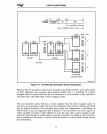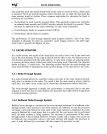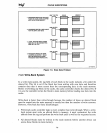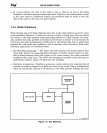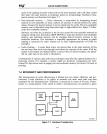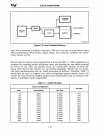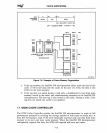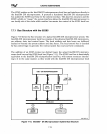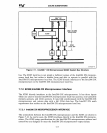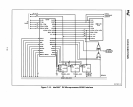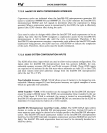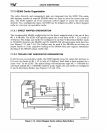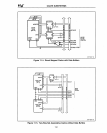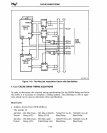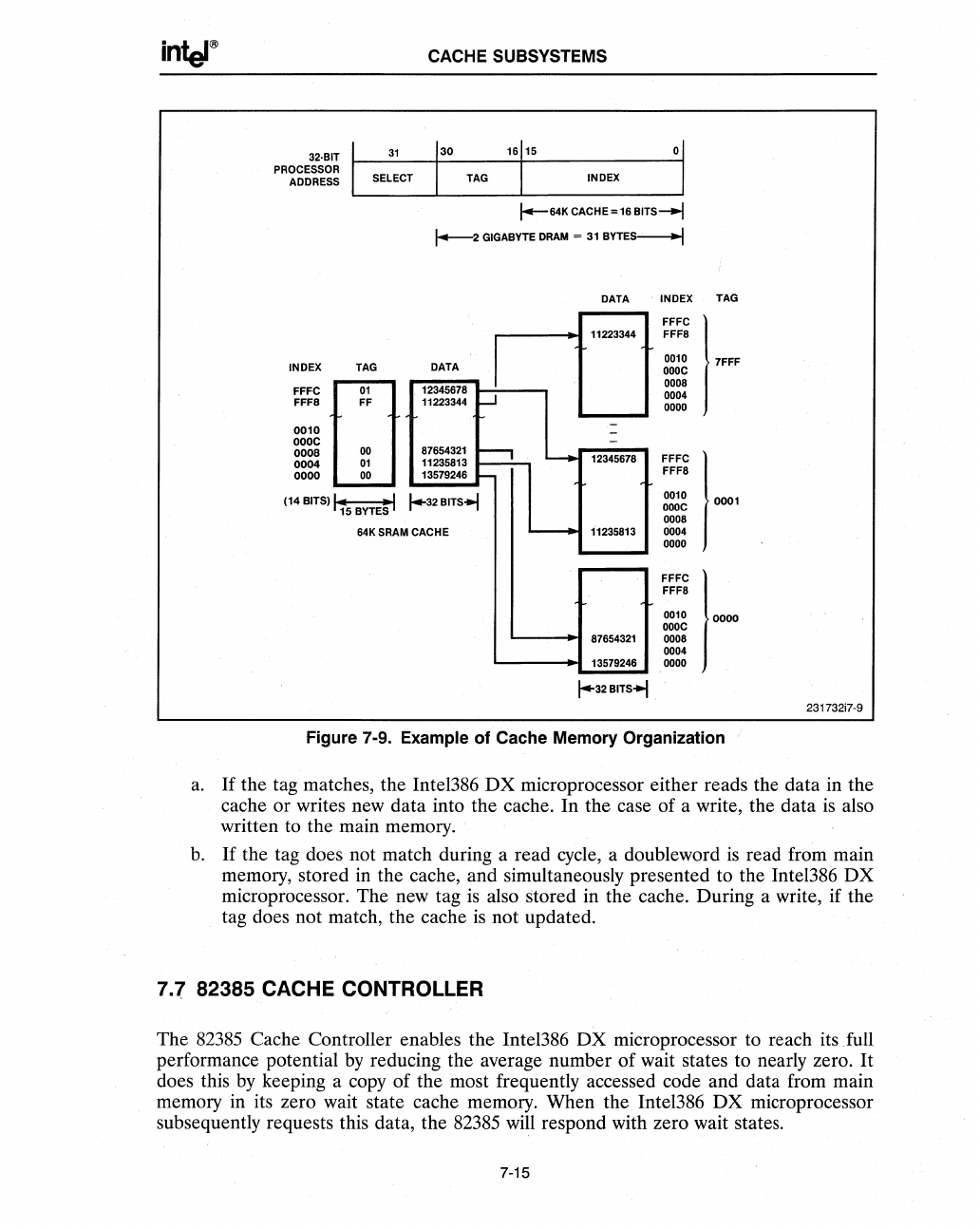
CACHE SUBSYSTEMS
31
32·BIT
PROCESSOR
ADDRESS
SELECT
INDEX
INDEX
TAG
FFFC
01
FFF8 FF
0010
OOOC
0008
00
0004
01
0000
00
(14 BITS)
I_
-I
15 BYTES
64KSRAM
!-64K
CACHE=16
BITS-!
I-:z
GIGABYTE
DRAM
= 31
BYTES~
DATA INDEX
FFFC
11223344 FFF8
0010
DATA
OOOC
12345678
~
11223344
OOOS
0004
0000
-
-
-
87654321
~
~
11235813
12345678
13579246
-
FFFC
FFF8
j+32BITS+j
0010
OOOC
0.008
CACHE
'--+
11235813
0004
0000
FFFC
FFF8
0010
OOOC
87654321
0008
0004
13579246
0000
j+32BITS+j
TAG
l~~
1-'
)-
Figure 7-9. Example of Cache Memory Organization
231732i7·9
a.
If
the tag matches, the Intel386 DX microprocessor either reads the data in the
cache or writes new data into the cache. In
the
case of a write, the data
is
also
written to the main memory.
b.
If
the tag does not match during a read cycle, a doubleword
is
read from main
memory, stored in the cache, and simultaneously presented to the Intel386
DX
microprocessor. The new tag
is
also stored in the cache. During a write, if the
tag does not match, the cache
is
not updated.
7 . ., 82385 CACHE CONTROLLER
The
82385
Cache Controller enables the Inte1386 DX microprocessor to reach its full
performance potential
by
reducing the average number of wait states to nearly zero.
It
does this
by
keeping a copy of the most frequently accessed code and data from main
memory in its zero wait state cache memory. When the Intel386 DX microprocessor
subsequently requests this data, the
82385
will respond with zero wait states.
7-15



